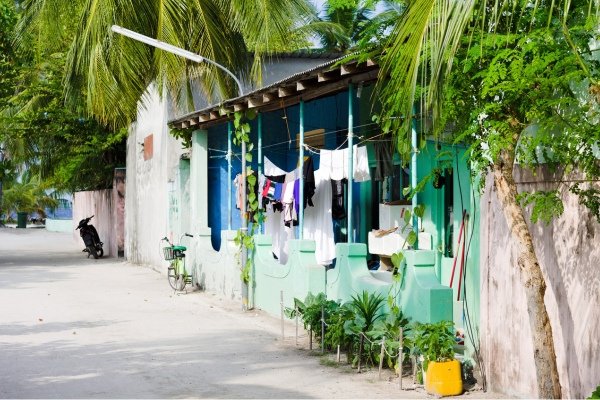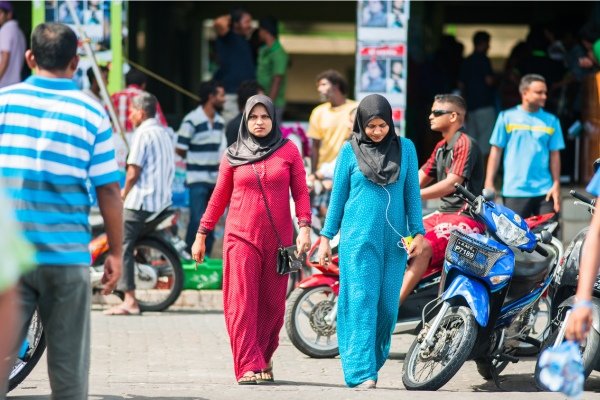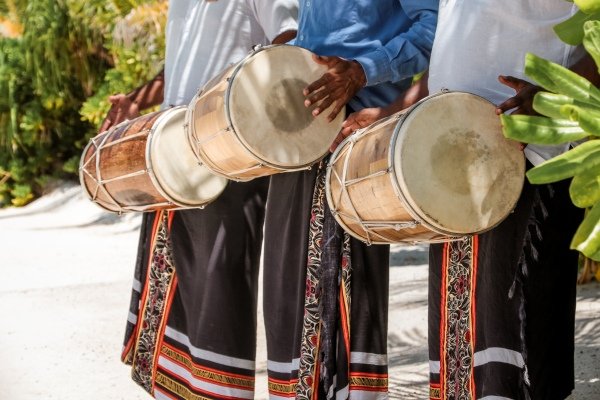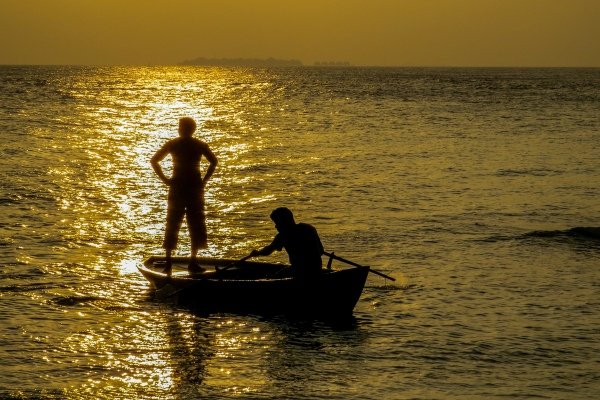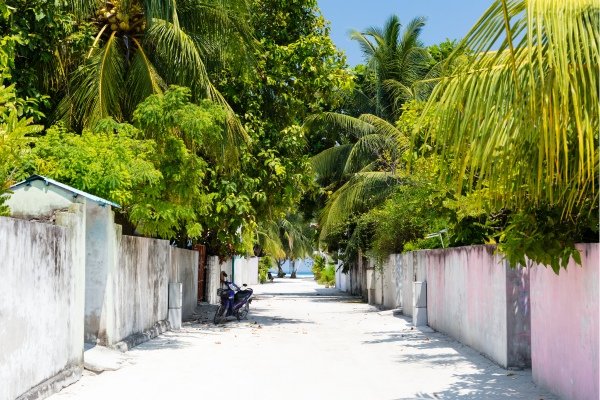Scuba Diving Maldives Guide 2025: Everything a Diver Needs to Know
The Maldives are often pictured as luxury resorts, hammocks, and infinity pools… Umbrella cocktails, spa days, and picture-perfect selfies from a sunbed. Not bad—if that’s your thing. But if you’re here, you’re probably more into fins than fluffy robes. More coral reefs and sharks than brunch and spas.
This Maldives diving guide is made for travelers who want to experience the islands beyond the clichés—through the eyes of a diver.
Here you’ll find the essential tips before you dive in: the practical details, the useful advice, and the things no one usually explains. Because scuba diving in Maldives is not just a postcard—it’s an adventure that feels completely different once you live it.
If you dream of joining a Maldives scuba diving trip with fellow divers, this guide will help you organize everything from the first splash to the last sunset.
Maldives Diving Guide: A Thousand Islands in the Middle of the Indian Ocean
The Maldives are not just any country. It’s a vast archipelago—over 1,000 islands spread across 26 atolls—right in the heart of the Indian Ocean. From the plane, they look like tiny specks of sand floating on the water. From the ground—or better yet, from under the water—you’ll discover an entirely different world.
The atolls of the Maldives are a true paradise for divers, from Ari to Baa, passing through local islands where authentic life still thrives.
Each island has its own rhythm: some with vibrant local life, others completely uninhabited, and many framed by lagoons so vividly blue they look unreal (but they’re not).
Why the Maldives Is One of the Best Scuba Diving Destinations?
This combination makes scuba diving Maldives a bucket-list experience for divers worldwide.
Scuba Diving Maldives… and Beyond
The Maldives may be famous for its world-class scuba diving, but the islands offer much more than life beneath the surface.
But remember: this paradise is fragile. Traveling in the Maldives means showing respect for the ocean, the marine life, and the people who call it home.
The Maldives isn’t just about picture-perfect beaches—it’s about immersing yourself in a way of life where the ocean sets the rhythm. And once you feel it, you’ll understand why divers and travelers return again and again.
Best Time to Travel for Scuba Diving in Maldives
Dry Season vs. Wet Season: When to Dive in the Maldives
For scuba diving in Maldives, the time of year makes a real difference. Both the dry and wet seasons have their charm, and each offers something unique for divers:
Whether you choose the dry or wet season, scuba diving Maldives always delivers an unforgettable experience.
Best Time to Dive in the Maldives: Month by Month
When planning your scuba diving Maldives trip, the best month depends on what you’re after:
👉 The truth? There’s no wrong time for scuba diving in the Maldives. It’s all about choosing whether you want perfect weather, fewer divers, or the best chances for thrilling encounters with big marine life.
What to Pack for Your Maldives Dive Trip
Planning your Maldives scuba diving trip? Here’s the ultimate checklist to make sure you’re ready for the best diving in Maldives.
Diving gear: bring your own or rent?
Essentials you shouldn’t forget:
When scuba diving in the Maldives, you can either bring your personal gear or rent everything at the dive center. Both options are valid—it really depends on comfort, budget, and luggage space.
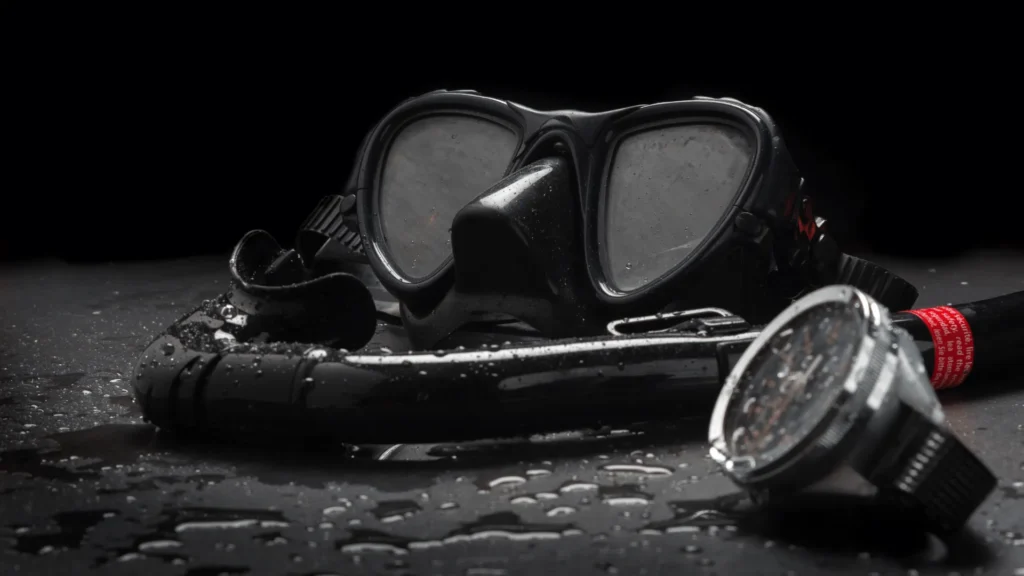
Advantages of bringing your own gear:
Advantages of renting gear in Maldives:
💡 Pro tip for divers: Always pack small essentials like a prescription mask, dive computer, reef hook, and SMB buoy. They’re light, don’t take up space, and can make a big difference when exploring the best diving in Maldives.
Packing Essentials for Your Scuba Diving Maldives Trip
Scuba diving in the Maldives is the highlight, but time on the islands also requires a few essentials. Packing light and smart will keep your trip easy and comfortable.
Essential items to pack:
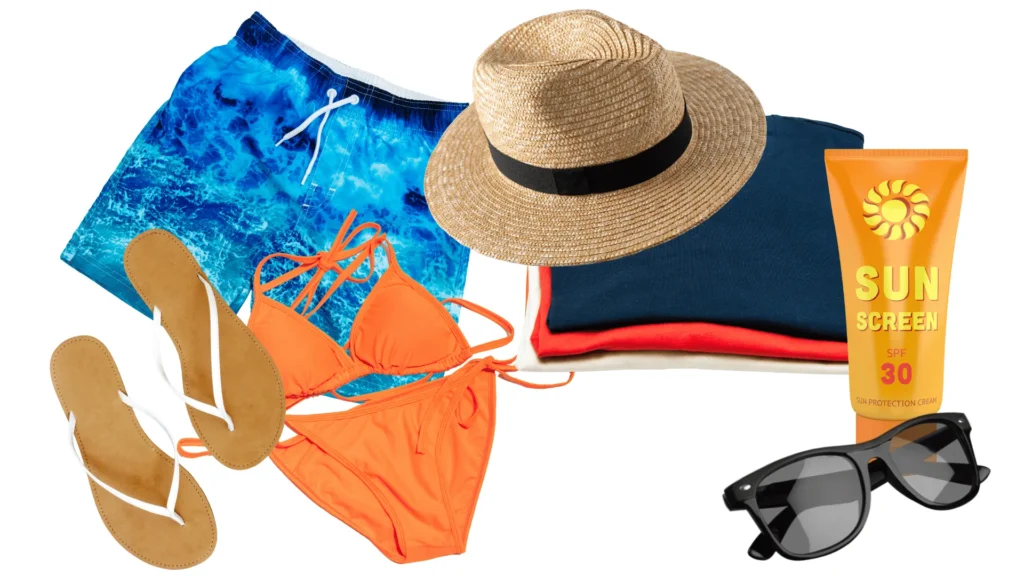
💡 Pro tip for divers: When preparing for the best scuba diving in Maldives experience, remember that less is more. Light clothing, your dive gear essentials, and a pair of flip-flops are all you really need to enjoy island life to the fullest.
Best Apps and Gadgets for Your Maldives Scuba Diving Trip (SIM, eSIM, etc.)
While enjoying scuba diving in Maldives, staying connected is possible—but remember, island WiFi isn’t lightning fast. Here are the smartest options to keep your trip smooth.
Connection options:
Must-have apps for divers:
💡 Pro diver tip: For the best scuba diving in Maldives, pack a waterproof power bank and a dry case for your phone—you’ll thank yourself during long boat rides between dive sites.
Documentation and Travel Insurance: Essentials for Scuba Diving Maldives
Sure, paperwork isn’t the most exciting part of planning your Maldives scuba diving trip, but it’s crucial. Getting your insurance sorted before you travel means you can focus on diving, not on problems.
1. Travel Insurance (non-negotiable)
Your policy should include:
With domestic flights, speedboat transfers, and the adventure of scuba diving in Maldives, reliable travel insurance is a must. Think of it as your safety net—because even paradise has risks.
💡 Pro tip: Basic travel insurance won’t cost much, but it can protect you from bills of several thousand euros. Better peace of mind than financial headaches.
2. Cancellation Insurance (A Smart Safety Net)
It’s not mandatory, but it’s highly recommended. Nobody plans on getting sick, facing a family emergency, or having airspace closures just before flying to the Maldives.
It covers unexpected situations like:
⚠️ The key: read your policy carefully and confirm that it includes Maldives and covers the entire duration of your journey.
Top picks for divers:
Both provide excellent coverage for scuba diving Maldives trips, including cancellation options for extra peace of mind.
3. Dive Insurance (Non-Negotiable)
There’s no debate here: dive insurance isn’t optional—it’s essential. Standard travel insurance rarely provides full coverage for diving, and even when it does, there are usually heavy restrictions or exclusions.
That’s why, if you’re coming for scuba diving in Maldives (which is the whole point), you need a specific dive insurance policy.
Why is it so important?
How to get it:
Our trusted recommendations:
It may not be the sexiest part of your scuba diving Maldives trip prep, but having dive insurance sorted means you can relax, dive with confidence, and enjoy every second underwater.
💬 Need advice? Drop us a message on WhatsApp—we’ll help you sort it quickly.
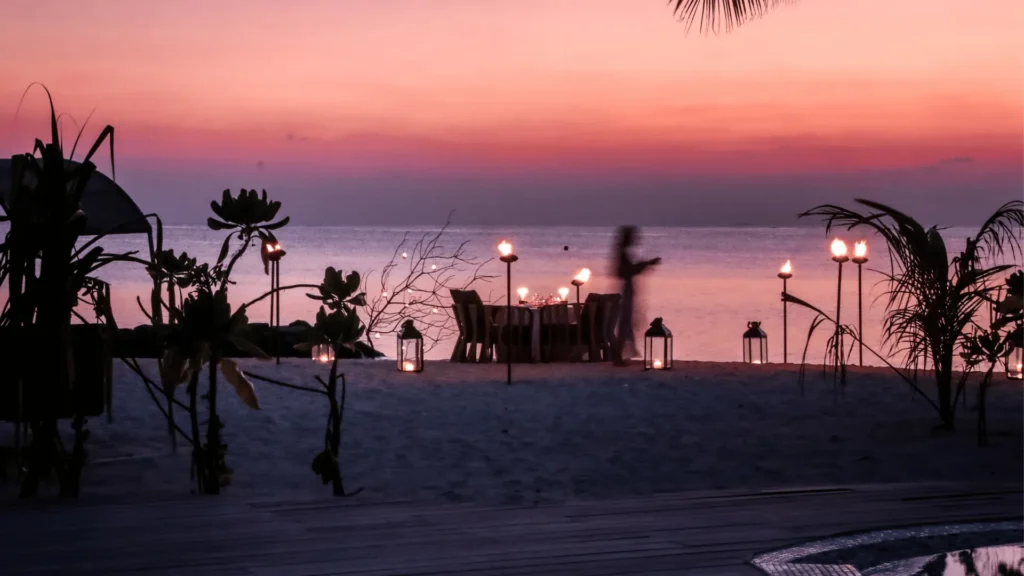
How to Get to the Maldives: Flights Made Easy
In this Maldives diving guide, let’s talk flights—how to book safely and without overpaying.
The main gateway is Malé International Airport (MLE). The simplest way is to search for a flight from the airport closest to your home. And here’s the trick to getting great deals:
💡 Start smart with a flight comparison site: our top choice is Skyscanner. It gives you an instant overview of prices, flight times, and airlines serving Malé from your departure city.
Why?
Getting to Malé is your first step toward unforgettable scuba diving Maldives adventures—from there, the real journey begins.
Maldives Entry Requirements: The Diver’s Checklist Before You Fly
If your bags are half-packed and your Maldives dive trip is just around the corner, take a moment to double-check the essentials: documents and entry requirements.
Nothing complicated—but best to be clear before you fly.
1. Passport
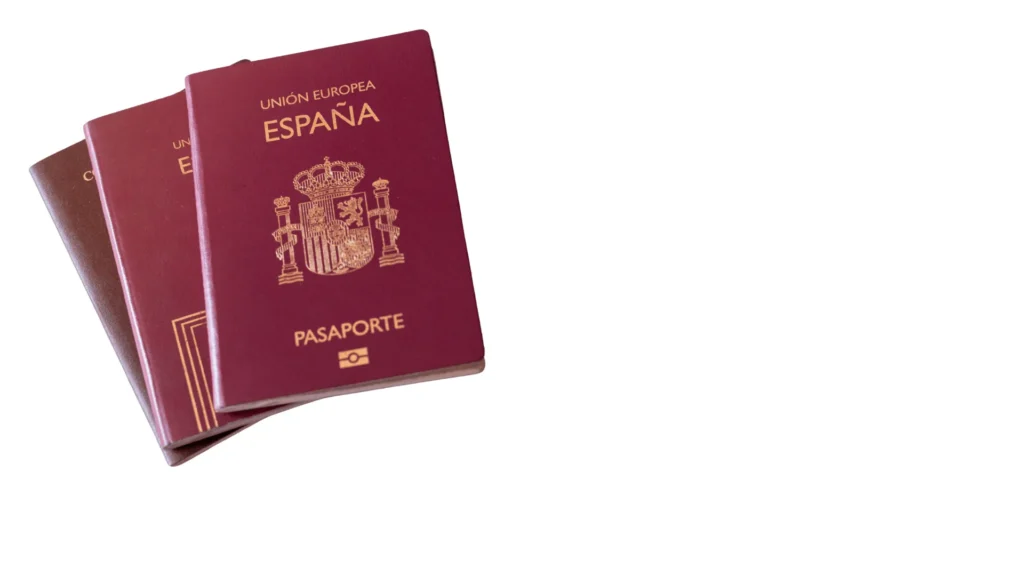
2. Visa for the Maldives
With these basics sorted, you can focus on the real reason you’re here: scuba diving Maldives and exploring its incredible underwater world.
Important Note: You must have a confirmed booking at a registered tourist accommodation for your entire stay.
3. Traveller Declaration Form
Before your Maldives diving trip, remember that every traveler must submit the Traveller Declaration online (both entry and exit) within 96 hours prior to travel.
4. Vaccination Requirements
5. COVID-19
💡 Tip: Always check the latest updates on the Maldives Ministry of Health website before traveling.
With the paperwork sorted, you can stop worrying about the boring stuff and start focusing on the real adventure: scuba diving Maldives, discovering atolls, sharks, and beaches straight out of a dream.
Getting Around the Maldives: Island Hopping Made Easy
Moving between islands is part of the adventure: speedboats, local ferries, and domestic flights connect the atolls of the Maldives. Everything runs on “island time,” and usually, you’ll need either a boat or a plane to get around.
Island-to-Island Transport
💡 Pro tip: Many ferries and speedboats don’t operate after dark, so plan connections carefully if your flight arrives late.
Getting Around on Local Islands
Once you’ve arrived, distances shrink:
👉 Remember: in the Maldives, transport is part of the charm. From gliding across crystal-clear waters to hopping between Maldives diving spots, every ride adds to the experience.
Accommodation in the Maldives: What to Expect on Local Islands
Guesthouses vs. Resorts: The Real Difference
When you picture the Maldives, you probably imagine luxury resorts on private islands, overwater bungalows, and cocktails at sunset. And yes, that exists. But if your plan is to truly dive and experience the country from the inside, staying in guesthouses on local islands is a completely different story.
Guesthouses (Local Islands):
Private Resorts:
👉 In short: resorts are perfect if you want total luxury and disconnection. Guesthouses are the way to go if you want authentic scuba diving Maldives experiences, good vibes, and a real connection to island life.
What to Consider When Choosing Your Maldives Dive Base
If your trip is all about diving, choosing the right accommodation can shape your whole experience. More than just a room, here’s what to keep in mind:
The truth is, a great place to stay in the Maldives doesn’t need to be five-star luxury. What really matters is comfort, convenience, and location—so you can focus on the real reason you’re here: diving into some of the best scuba diving spots around the world.
Food in the Maldives: Traditional Dishes Every Diver Should Try
Scuba diving in the Maldives is unforgettable, but so is tasting its unique cuisine. Maldivian food is all about the ocean—think fresh tuna, grouper, octopus, and lobster—mixed with coconut and island spices. Here are the must-try dishes during your Maldives diving trip:
Traditional drinks:
⚠️ Remember: No alcohol is sold on local islands. If you’re craving a cold beer or cocktail, you’ll only find it in resorts or on special excursions.
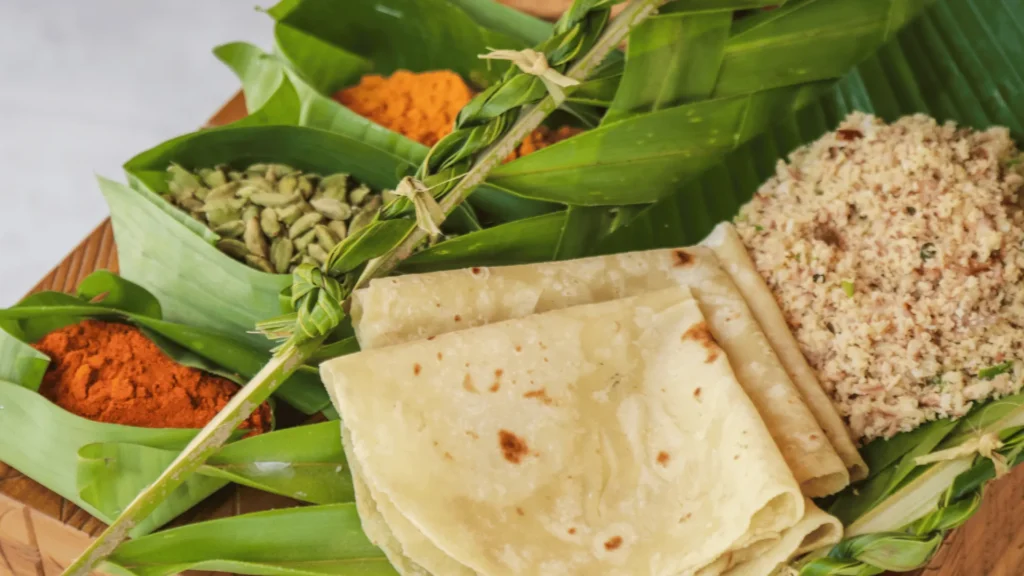
Where to Eat in the Maldives: Local Restaurants and Cafés for Divers
When you’re on a Maldives scuba diving trip, food is part of the adventure too. Staying in a local guesthouse often includes breakfast and sometimes half-board, but eating out is a fun (and affordable) way to experience Maldivian flavors:
👉 The bottom line: dining in the Maldives is straightforward, flavorful, and easy on the budget if you stick to local islands. It’s all about fresh fish, coconut, and island spices. And trust us—after a long day of scuba diving in Maldives waters, everything tastes even better.
Local Customs, Culture, and Rules: What Divers Should Keep in Mind
A Maldives diving guide wouldn’t be complete without a few cultural tips.
The Maldives isn’t just beaches and sharks—if you stay on local islands (not just resorts), you’ll get a real look into daily life in this 100% Muslim country. Maldivians are incredibly welcoming, but there are some rules you should follow to avoid misunderstandings.
Dress code on local islands
Alcohol, religion, and respect
Simple Tips for a Better Maldives Diving Experience
👉 In short: this Maldives diving guide wouldn’t be complete without these small reminders. They’re not strict rules to stress you out, just little gestures of respect that make your trip much more authentic and enjoyable.
Money in the Maldives: Quick Guide to Payments and Budget
You don’t need to carry cash like you’re going to Las Vegas, but it’s good to know how money and payments work in the Maldives. Here’s the essential info so you’re never stuck:
What currency is used?
Card vs. Cash: How to Pay During Your Maldives Diving Trip
For your scuba diving trip to the Maldives, you’ll likely need a mix of cash and card, depending on where you are.
💡 Pro tip for divers: Keep a balance—use your card for bigger expenses like accommodation or dive packages, and save cash for small daily purchases or tipping after a great dive.
ATMs, Currency Exchange, Tips, and Daily Costs
Smart Bonus for Divers: No-Fee Travel Cards in the Maldives
When planning your scuba diving trip in the Maldives, don’t let bank fees eat into your budget. Bring a travel card designed for international use. Top options include:
These cards offer excellent exchange rates, let you withdraw or pay without hidden charges, and are perfect for covering everyday expenses during your Maldives diving adventure.
👉 Quick Tip: Bring some USD in small bills, use a no-fee travel card whenever possible, and keep a small amount of MVR cash for daily expenses.
Safety and Health in the Maldives: Travel with Peace of Mind
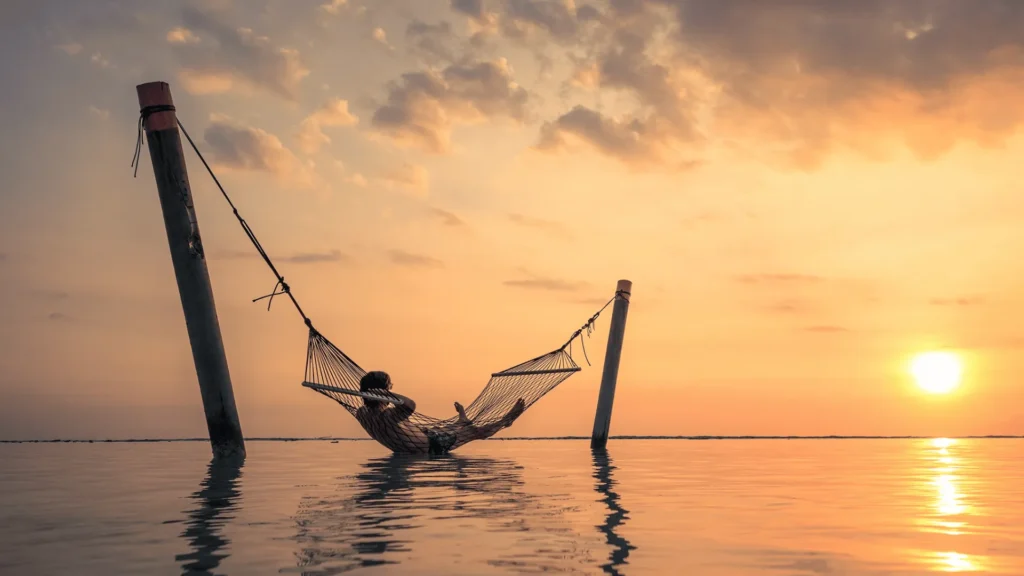
Is it safe to travel to the Maldives?
Yes. The Maldives is a very safe country with a relaxed atmosphere, especially on local islands where everyone knows each other. It’s not a place with high crime rates or serious political risks.
Still, common sense goes a long way: keep your passport safe, look after your valuables, and stay alert in busy places like Malé or the airport.
Recommended vaccines
No mandatory vaccines for most travelers (yellow fever only if arriving from an endemic country).
Still, it’s wise to have:
And about mosquitoes: there’s no malaria in the Maldives, but there is some risk of dengue or Zika. Bring repellent and, if you’re a mosquito magnet, wear light clothing that covers arms and legs at sunset.
Practical health tips in the Maldives
👉 In short: the Maldives is safe and welcoming. With a few simple precautions, the only thing you’ll worry about is your mask fogging up before jumping into the water. 🐠
Ready to Dive in the Maldives? Some Final Thoughts
The Maldives isn’t just a picture-perfect destination—it’s a place where every dive can change the way you see the ocean.
You’re not here just to lie in a sunbed (though you can do that too). You’re here to drift alongside reef sharks, watch schools of fish that move like choreography, and share stories with fellow divers who get your passion.
We hope this Maldives scuba diving guide helps you prepare for your trip with everything you need.
🌊 So… ready to pack your wetsuit?
If you want to experience the Maldives with a group of divers as passionate as you are, check out our scuba diving trip to the Maldives.


